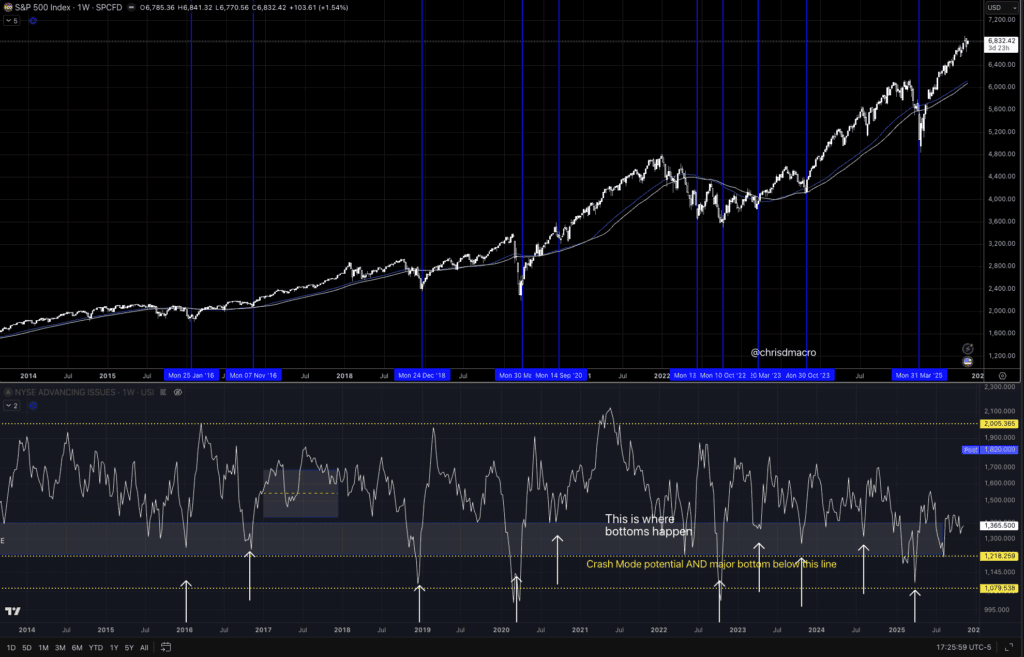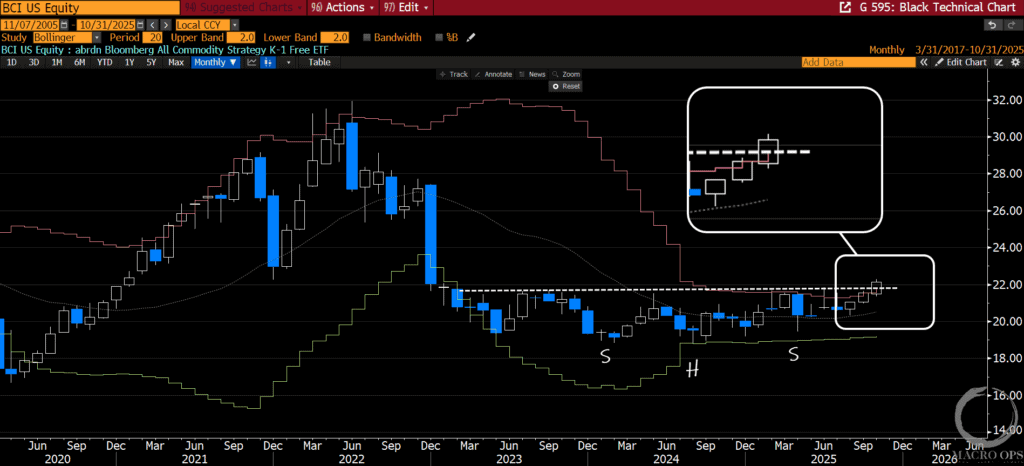One telephone conversation with Gates in 1993 sticks in Ellison’s mind. “It was the most interesting conversation I’ve ever had with Bill, and the most revealing. It was around eleven o’clock in the morning, and we were on the phone discussing some technical issue, I don’t remember what it was. Anyway, I didn’t agree with him on some point, and I explained my reasoning. Bill says, ‘I’ll have to think about that, I’ll call you back.’ Then I get this call at four in the afternoon and it’s Bill continuing the conversation with ‘Yeah, I think you’re right about that, but what about A and B and C?’ I said, ‘Bill, have you been thinking about this for the last five hours?’ He said, yes, he had, it was an important issue and he wanted to get it right. Now Bill wanted to continue the discussion and analyze the implications of it all. I was just stunned. He had taken the time and effort to think it all through and had decided I was right and he was wrong. Now, most people hate to admit they’re wrong, but it didn’t bother Bill one bit. All he cared about was what was right, not who was right. That’s what makes Bill very, very dangerous. ~ “Softwar: An Intimate Portrait of Larry Ellison and Oracle”
Malcolm Gladwell once retold the following story about George Soros.
An old trading partner of Taleb’s, a man named Jean-Manuel Rozan, once spent an entire afternoon arguing about the stock market with Soros. Soros was vehemently bearish, and he had an elaborate theory to explain why, which turned out to be entirely wrong. The stock market boomed. Two years later, Rozan ran into Soros at a tennis tournament. “Do you remember our conversation?” Rozan asked. “I recall it very well,” Soros replied. “I changed my mind, and made an absolute fortune.” He changed his mind!
Two important takeaways here.
- Cognitive flexibility or being able to hold strong opinions weakly is an incredibly rare talent as well as an extremely profitable one
- You need to know your sh*t… you have to have a framework from which to index against in order to know when it makes sense to change your mind
My buddy Tom Morgan shared the following a while back in his must-read weekly, which you can sign up for here. It’s a critical point and should be etched into your trading desk.
Philip Tetlock found that rapid belief-updating is as much as 3x more important for successful forecasting than intelligence. It’s less a question of beating the markets, but more of a deep sense of attunement that enables you to update your beliefs faster than those that are still trying to justify their actions.
I frequently write about how discretionary trading is not about making predictions but assessing the odds. This helps with the cognitive flexibility part. It’s much easier on the ego to update the odds than it is to admit one was wrong and 180 on a market call. And that’s important because we never want to get caught trying to justify our actions… we can leave the senseless pontificating to the Twitterati with large followings and eight-digit TDAmeritrade paper trading accounts.
But… and this is important…. In order to effectively assess the odds, we have to have some sort of reference points to benchmark against. Signposts along the way to gauge whether or not we’re walking the right path or if we need to turn around.
It’s not enough to have strong opinions weakly held. We can’t just randomly flip-flop from bullish one day to bearish the next, because of daily swings in the tape. We need to respect the wisdom of markets while acknowledging they’ll move in ways that hurt the most people, most of the time (translation: a lotta surprising counterintuitive moves).
To effectively and rapidly update our beliefs then, we need to have high-fidelity signposts. Tested markers that give us a confirming or disconfirming signal for our various scenarios, which when taken holistically provide us with a statistically significant trail map to walk upon.
The graphs on our internal Heads Up Display (HUD) and the data we cover each week in the Trifecta Chart Pack are such signposts. Some mix of our Hierarchy of Technicals; price action levels, sentiment/positioning, breadth, and liquidity typically works best.
Nothing gives us anything remotely close to certainty though. It’s a weight of the evidence approach. One that’s continuously updated… helping us develop that deep sense of attunement and giving us conditional statements so that if enough of our signposts are there, then yes. If not, then no.
If things are noisy and none of our scenarios stand out as particularly supported by the evidence. We lighten our loads, hedge our risks some, go back to the drawing board, and/or wait for the dust to settle.
Speaking of, there are some interesting signposts popping up… Some dominos falling into place that’s bringing some clarity to what’s been quite a high noise / low signal market for the last couple of months. This typically occurs in the midst of regime change, which is what we’re likely seeing now.
I’ll be out with more in the coming days where we’ll explore what this new regime is, what it means, and how we may play it.
Until then, stay very dangerous…







